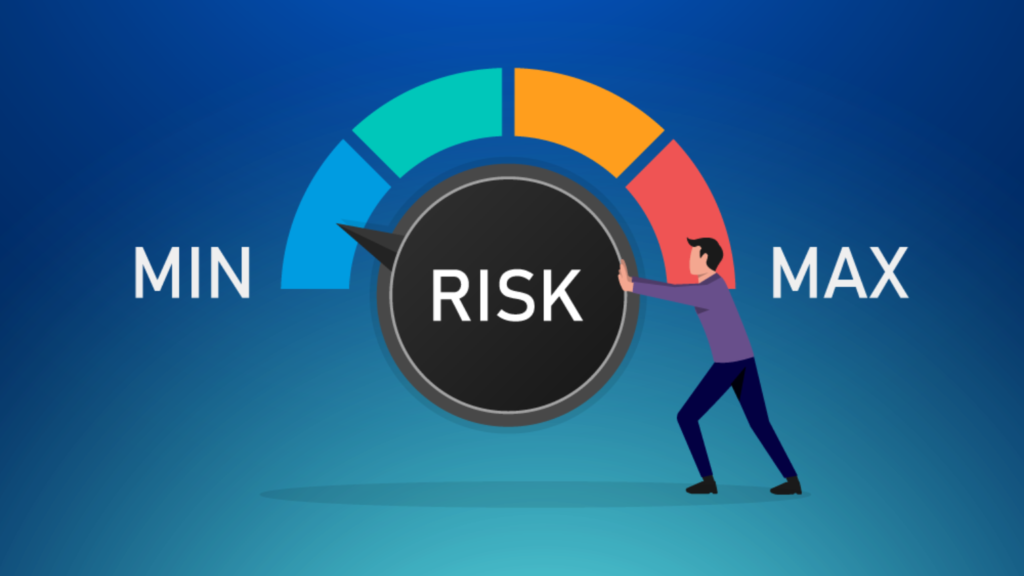When navigating the complex world of safety, security, and strategic planning, the terms ‘risk’ and ‘vulnerability’ frequently arise. These concepts, while similar, offer distinctive perspectives on potential threats and hazards. It is critical to comprehend the differences and applications of these terms to develop robust prevention, response, and recovery strategies.
Balancing Risk Vs Vulnerability
Risk is a concept that refers to the potential for adverse effects or harm arising from a particular event, activity, or phenomenon. It is quantified by considering the probability of the event occurring and its consequences’ potential severity.
Vulnerability, on the other hand, refers to the susceptibility to damage from a potential threat. It involves inherent weaknesses, deficiencies, or inadequacies that can increase the likelihood or severity of a risk manifesting into a damaging event.
To simplify, risk quantifies the potential for harm, while vulnerability highlights the system’s weaknesses that these risks can exploit.

What are the Different Types of Vulnerability and Risk?
Vulnerability can be classified into several categories, depending on the context:
Physical Vulnerability: Refers to the susceptibility of physical structures or entities to harm.
Social Vulnerability: Relates to the susceptibility of social groups to threats, often due to socio-economic factors.
Economic Vulnerability: This concerns the susceptibility of an economy to external shocks or changes.
Environmental Vulnerability: Refers to the susceptibility of the natural environment to threats and harmful events.
On the other hand, risk is typically categorized into:
Strategic Risk: These risks may affect an entity’s long-term goals.
Operational Risk: Risks associated with day-to-day operations.
Financial Risk: Relates to an entity’s financial transactions and economic stability.
Compliance Risk: Risks associated with legal and regulatory compliance.
Balancing Risk Vs Vulnerability in Disaster Management
In the realm of disaster management, both risk and vulnerability play vital roles. Understanding these concepts, their differences, and their interplay can significantly improve disaster preparedness, response, and recovery.
Risk assessment in disaster management involves quantifying the potential impact of different disasters. It helps in strategizing, prioritizing resources, and implementing preventative measures. For instance, a city near an active volcano would prioritize preparing for a volcanic eruption as a high risk.
Vulnerability assessment, in contrast, pinpoints the weaknesses within the system that could exacerbate the effects of a disaster. It includes identifying vulnerable groups, structures, or areas, and formulating strategies to reduce this vulnerability. Continuing with the earlier example, a city’s vulnerability could be due to poor construction practices, making buildings more susceptible to damage from volcanic ash.
Cybercriminals Target Twitter Blue Subscribers Amid Platform’s Shift to X
Conclusion
Understanding the nuanced differences between risk and vulnerability is integral to effective strategic planning and disaster management. While risk assessment guides us to identify, quantify, and prioritize potential threats, vulnerability assessment helps us pinpoint inherent weaknesses and devise strategies to mitigate these. They are two sides of the same coin, each as crucial as the other in navigating potential threats and hazards, ensuring the security and resilience of our systems.
Through this article, we hope to comprehensively understand risk vs vulnerability, their types, and their roles in disaster management. Remember, knowledge of these concepts is the first step towards creating safer, more resilient, and more secure environments.
Split Tunneling vs Full Tunneling: An In-depth Comparison
FAQs
1. What is the main difference between risk and vulnerability?
Risk is the potential of a particular event or activity to lead to adverse effects or harm. It is a combination of the likelihood of an event and its potential impact. Conversely, vulnerability is the susceptibility to harm or damage when exposed to a threat. It emphasizes weaknesses within a system that risks can exploit.
2. Can you provide examples of physical and social vulnerabilities?
The physical vulnerability could be a building located in a flood-prone area that is susceptible to water damage. On the other hand, social vulnerability could be a community lacking access to essential information and resources, making them more susceptible to the adverse impacts of a natural disaster.
3. What does ‘risk’ mean in disaster management?
In disaster management, ‘risk’ refers to the potential damage, loss, or other adverse impacts caused by a hazardous event on specific vulnerable elements or sectors.
4. How does vulnerability assessment contribute to disaster management?
Vulnerability assessment identifies the weaknesses within a system or community that could amplify the effects of a disaster. It helps to prioritize the mitigation efforts, focusing on the most vulnerable areas, structures, or groups, thereby reducing potential damages.
5. How are different types of risks identified?
Different types of risks are identified through a process called risk assessment, which involves identifying potential hazards, evaluating who or what could be affected by them, and estimating the likelihood and severity of the potential consequences.
6. Can you give an example of economic vulnerability?
The economic vulnerability could be a small island nation dependent on tourism for its income. Any event affecting global tourism, like a pandemic or a natural disaster, can significantly impact its economy.
7. Why is understanding risk and vulnerability in strategic planning crucial?
Understanding both risk and vulnerability is crucial in strategic planning because it allows organizations to anticipate potential adverse events and prepare for them. Risk identification helps recognize potential threats, while vulnerability assessment pinpoints the weaknesses that need to be addressed to minimize harm.
8. What role does risk play in operational management?
In operational management, understanding risk can help mitigate potential losses from unforeseen events, such as equipment breakdown, supply chain disruptions, or human error. By assessing and managing risks, organizations can maintain efficient operations and ensure business continuity.






0 Comments